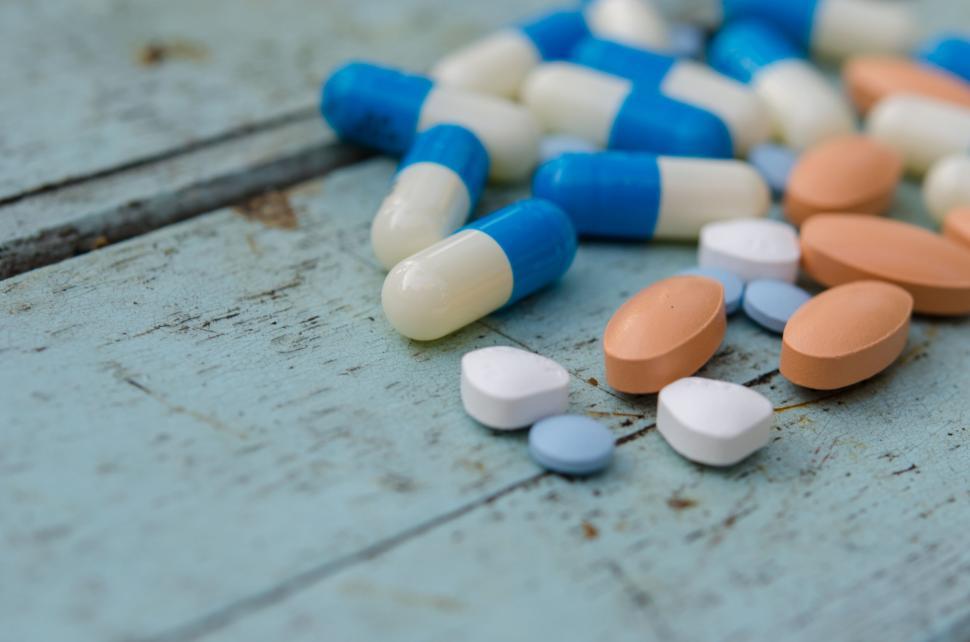Since the arrival of opioid medication in 1995, scientists have observed a steady incline in opioid-related overdose—reaching a record high of over 80,000 in 2023 alone, according to the CDC. The mass number of deaths occurring as a result of opioid overdose has notably caught the attention of drug developers and policymakers alike as Americans began to ask a key question: what are we going to do to stop more deaths from occurring?
On January 30th, 2025, it seemed like an answer to this age-old question finally arrived. The FDA approved the novel opioid-free treatment for moderate to severe acute pain (Journavx), minimizing some of the major addictive and health-related side effects occurring from consistent opioid-use. However, the journey to achieving such a major healthcare milestone was not linear—scientists and policymakers alike faced many obstacles as they navigated government policy restrictions and chemical barriers.
Because scientists were aware that developing new medication would require time and precision, they sought to advocate for changes in the policy realm first. Initiated in 2016 and later updated in 2022, the CDC issued several guidelines encouraging doctors to limit opioid prescriptions for those experiencing chronic pain, particularly by emphasizing the importance of lower doses and lower durations of prescription. To support this, many states designed Prescription Monitoring Programs (PMPs), allowing hospitals to track opioid prescriptions for their patients and avoid overprescription. Additionally, policy officials have begun encouraging medical professionals to prescribe less-aggressive alternatives to opioid medication, such as physical therapy, behavioral therapy, and acupuncture. Although these minor changes have been impactful in their own right, they did not produce the severe drop in opioid overdoses that scientists desired—marking the birth of Journavx, the first drug to be approved in the new class of non-opioid medication.
Researchers initially developed the concept of this revolutionary drug after discovering a family of “fire walkers” in Pakistan who could walk across hot coals because they lacked the gene allowing pain signals to fire to their brain. They attempted to replicate the family’s complete blockage of pain signaling by temporarily closing sodium channels, preventing the entry and exit of neurons carrying pain signals. Although the solution seems straightforward on a surface level, developing the drug itself required over 20 years of extensive experimentation. According to CNN, scientists were occasionally led on “false paths,” forcing them to completely re-start their research and develop an entirely new drug with a different chemical composition. Fortunately, the final product was able to emulate what scientists desired, temporarily blocking sensations of pain and avoiding the use of addictive components present in opioid medication.
But what truly makes Journavx different? Opioid medications are often used because they dull the sensation of pain in the brain, creating the desired sense of ease patients often seek while coping with illnesses causing chronic pain. Unfortunately, consistent use of opioid medication can cause patients to rely on this artificial pain-free feeling to an unhealthy extent, creating the cycle of addiction often requiring months to escape. Non-opioid medication is unique because it prevents pain-signaling nerves in the body from firing in the first place, preventing the brain from even realizing that it’s in pain in the first place. It completely avoids creating the “euphoric high” opioid does, reducing the potential for dependence or addiction for those using it. Avoiding patient dependence is just one of the few reasons why non-opioid medication could completely change the pain relief industry—other reasons include preventing personal doctor shopping and minimizing overdose deaths.
The development of Journavx marks the start of necessary first steps to minimize opioid medication use entirely. A future free from opioid addiction has a myriad of positive health implications, the most significant being reduced addiction risk. For more updates on Journavx’s approval stages and its entry into the pharmaceutical market, visit FDA.gov.







